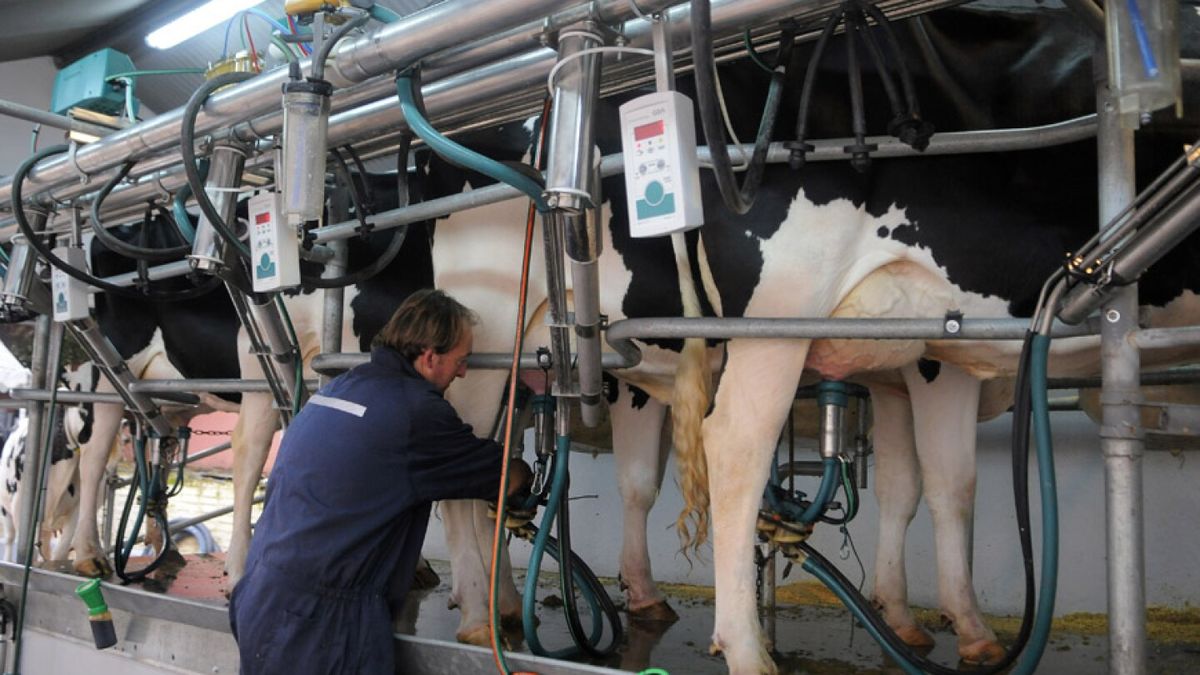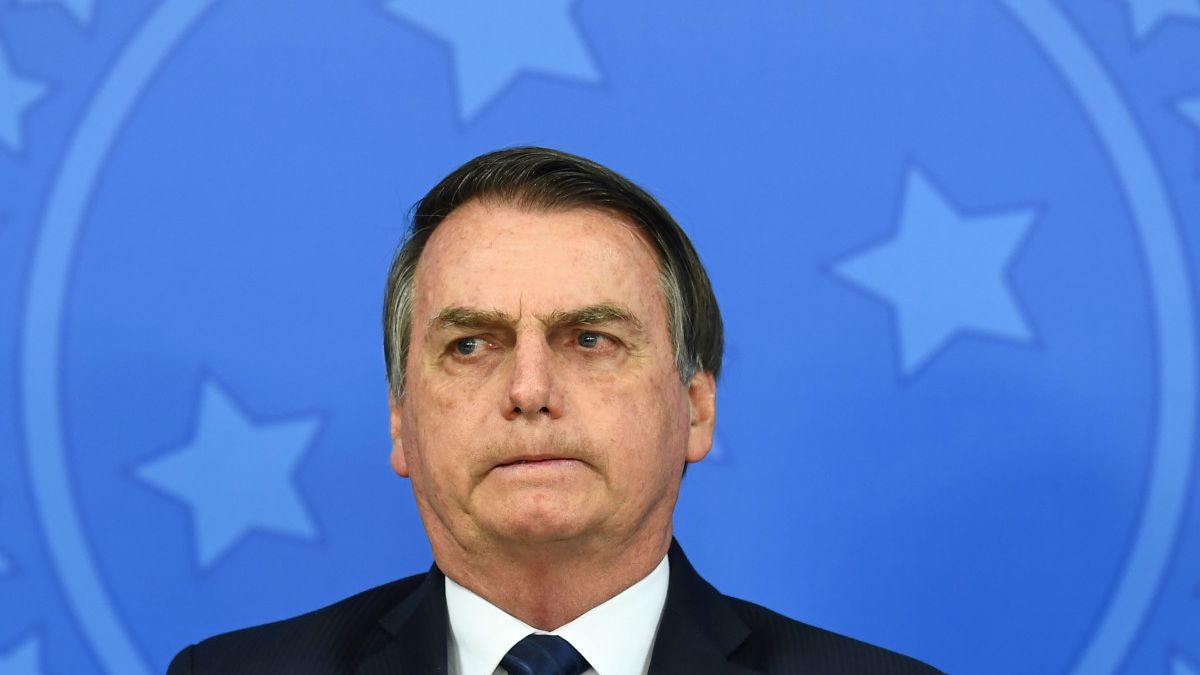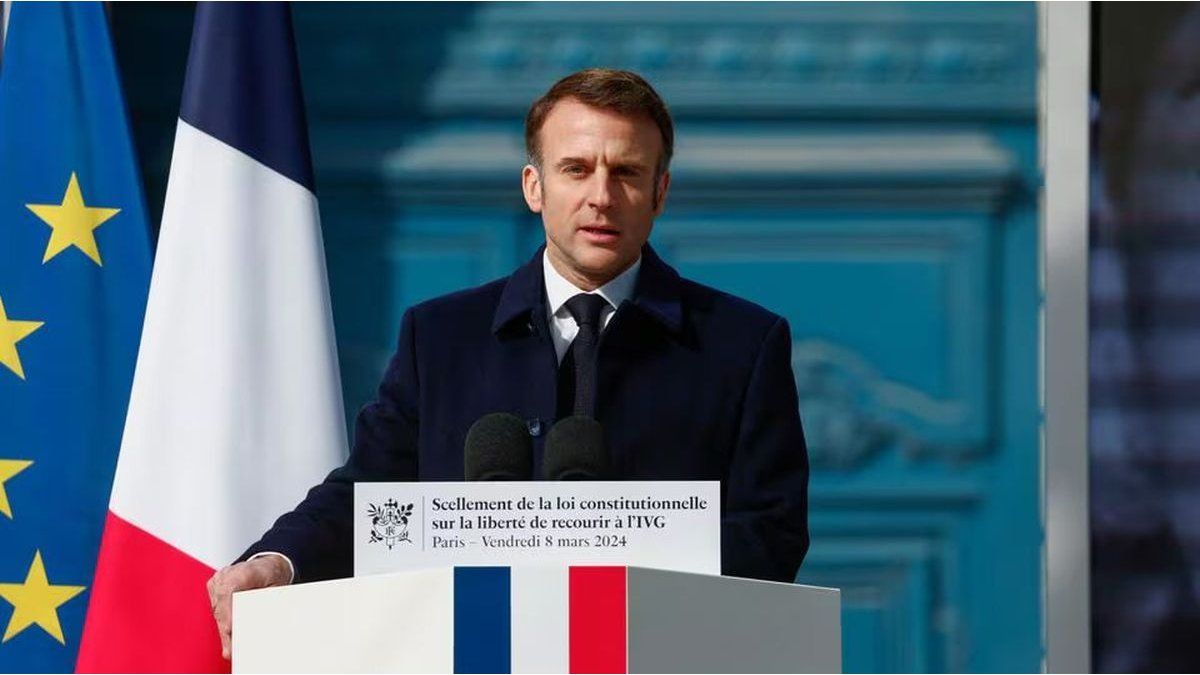Juan Luis Dellapiazzadirector of the initiative, analyzed in dialogue with scope.comthe pros and cons of the reality of the producers, which will be exposed in the event that began this Thursday at the property of the Rural Association of Uruguay (ARU) and will continue until this Saturday.
– How important is a sample of this magnitude in the difficult context that the Uruguayan dairy sector is experiencing due to the drought?
– For Uruguay it is very important, it is an event that captures the attention of all the countries of America and a little beyond. And this is reflected, for example, in the previous technical tours that were organized with producers from different countries visiting Uruguayan dairy farms. The Uruguayan dairy is very well regarded from abroad and there is rarely the possibility of having three days of previous tours and later related events.
So, since Monday they are touring both producers of Paraguayan, Argentina, Brazil, Colombia, Ecuador, Peru, Venezuelaand today a couple of producers of Holland and of Spain.
This places the Uruguayan dairy in a context not only of America, but even a little further. The support he has from companies is key at such a complex time of drought that our country is going through, he speaks of strength, of resilience of the Uruguayan dairy farmer that despite everything that happens, he continues to push forward.
– What are the challenges of making this industry compatible with caring for the environment?
– The environmental care that the dairy sector has been managing for a long time and the producers do so, with plans for the treatment of fluents, with everything that is being done in the basin, for example, from the Santa Lucia river.
Uruguay works well in this sense, today we see, for example, in the Netherlands, that production is beginning to be totally limited. In the Netherlands milk production is limited. In Europe milk production is limited. Also in Uruguay we are convinced that it is not possible to work with the levels of intensification that work in those countries.
There is less pollution, there is greater care for the environment. So that is in the head of, not only the producers, but the industry, the governments, caring for the environment, producing more and better.
Jose Luis Dellapiazza.jpg
José Luis Dellapiazza, director of Mercoláctea.
– Why did the event move from Argentina to Uruguay?
– The event in Argentina was running for 18 years and was an event that became a reference for America in the dairy industry. In fact, Uruguay was an event that was regularly visited and many delegations left here to visit Mercoláctea there. Then there was an internal issue between the partners that ended up being resolved that the expo was no longer held in Argentina and that was it, I think it was four or five years where nothing was done.
That is why I contacted Aldo Ferrari, who is the owner of the brand in Argentina, and we made an agreement and we brought the brand to Uruguay and from now on Mercoláctea will only be carried out in Uruguay, with a joint management .
– What is the global outlook for the dairy industry in the remainder of the year?
– From what we often talk to the industries, what has “saved” us in recent times are Brazil and Algeria like markets. China It gives the feeling that it is starting to work, but ultimately it does not finish starting and the world feels that, it is a key piece in the dairy.
It’s a complex moment for the producer, with very high costsbecause it went through a drought that in order to continue functioning it was necessary to put a lot of money, to maintain the food for the cows, go out to buy food, so that the cows did not fall in their production, they did not fall in their state.
When the first rains arrived, the entire pastoral part began to function a little better. It helped a lot to have kept the cows at a very good level of production and condition, it helped production to recover quickly in our country and we are once again at good production levels.
But hey, this was all by force of money and that, in the short or long term, is paid for and the producer went into debt in order to achieve that. It is a somewhat uncertain future, I would say, in terms of what the economic result is for the producers.
Source: Ambito




